(AfroGamers.com) At 68 years old, Akira Toriyama passed on March 1, 2024. He is best known for the iconic Dragon Ball franchise as well as his artwork in the Dragon Quest franchise and in the game Chrono Trigger. In his over 45 years in manga, anime, and gaming, Toriyama has created numerous one-shot series before moving into a creative consultant role later in his career.
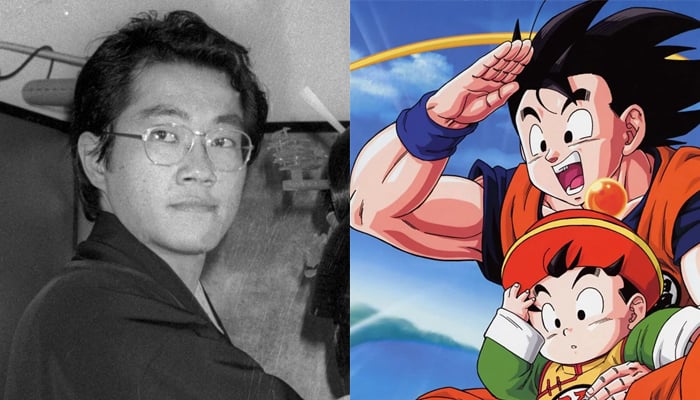
I’ve discussed the debut of Dragon Ball in the West and its impact both personally and on a large scale. He was my inspiration when I drew homemade comics in middle school an high school. When I became older and learned more about him creatively, one of the things I found interesting was that originally he was a gag artist.
For those unfamiliar, gag manga are basically comedy comics. His parody work Wonder Island 2 almost took him out of the industry since it wasn’t successful. However, he stuck with it and began delivering works that would lay the groundwork to Dr. Slump and Dragon Ball.
Akira Toriyama Had a Distinct Style to His Work
Another thing I found interesting was that he was consistent with his art style. Toriyama also had a distinct style that was different from a lot of anime that became popular in the wake of Dragon Ball—at least in the West. You have to remember, this was the late 1990s, a lot of anime that made it to air had a similar style if it wasn’t the more mature stuff you got from Manga Entertainment, ADV Films, or Viz.
It didn’t have the standard style as far as hair and eyes and he used a lot of expressions you’d see in gag series. You could say that it wasn’t as clean as other styles and that it was a bit dated compared to newer series such as Naruto and One Piece which debuted while the series was still broadcasting in the U.S.
I found his style easy to copy and I practiced as a kid. The facial expressions, clothing styles, attacks—even his story pacing were elements of his style I really took to. I also shared his dislike of doing backgrounds in panels. His style was so unique that I thought he did artwork to the original Dragon Quest Dai series and not the talented Koji Inada.
Writing-wise, his Dragon Ball work had a formula where Goku had to get to a fight or there was something that made it difficult for him to make it to or stay in the fight. As a result, his allies often took a beating before he arrived and handled the big bad.
Dragon Ball Z also featured this thing in Goku’s fights where it was rarely a clean win. He had to die to kill his brother Raditz. While he did a lot of damage against Vegeta, Gohan really made it so that the Prince of Saiyans couldn’t continue the fight and had to retreat. He and Gohan defeated Cell and so on.
However, despite noticing these and character tropes, he made a great series that influenced others and held up years later. His work had a canonical timeline and an extended universe. In that sense, it was bit ahead of the times as many anime series were contained stories with Slayers, Jojo’s Bizarre Adventure, and Kinnikuman being contemporary series that featured a continuous storyline told across time or different, large arcs as opposed to smaller arcs.
Akira Toriyama did a ton for the anime and gaming industries and for fans of both. As for me, while he inspired my art style—when I drew—more importantly, he made me a fan of this stuff and opened the door to more series than I could ever finish and more artists than I can remember. Growing up as a Black anime fan, Dragon Ball Z was a craze and adults in their late 30s and early 40s can still tell stories of just waking up on Saturday morning and sitting through the meh cartoons just to get to a replay of last week’s episode—followed by the new one.
Goku was the first animated hero I saw who made the ultimate sacrifice—within the first few episodes—over saving a son he’d miss chunks of his childhood. You also saw him mature more throughout the series—as much as he could mature, anyway.
That was Toriyama really showing the passage of time with timeless characters and making essential characters out of side characters.
Finding Toriyama’s other works piqued my interest in the other works of other mangaka outside of their popular work.
Rest in Peace, Akira Toriyama and thank you for being a part of my childhood—and adulthood—as well as those of many other fans’ around the world.
Staff Writer; M. Swift
This talented writer is also a podcast host, and comic book fan who loves all things old school. One may also find him on Twitter at; metalswift.


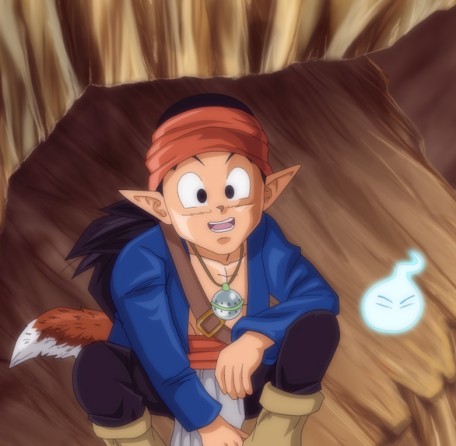
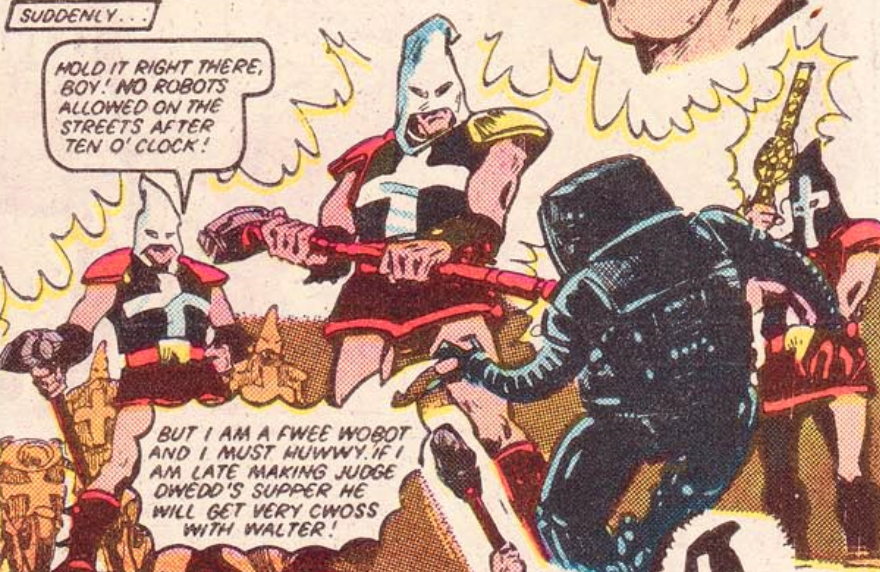









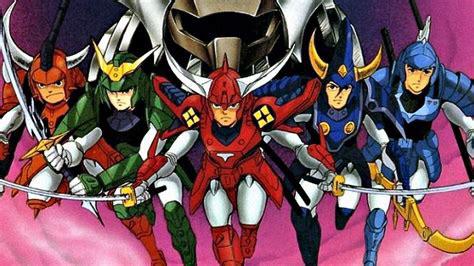
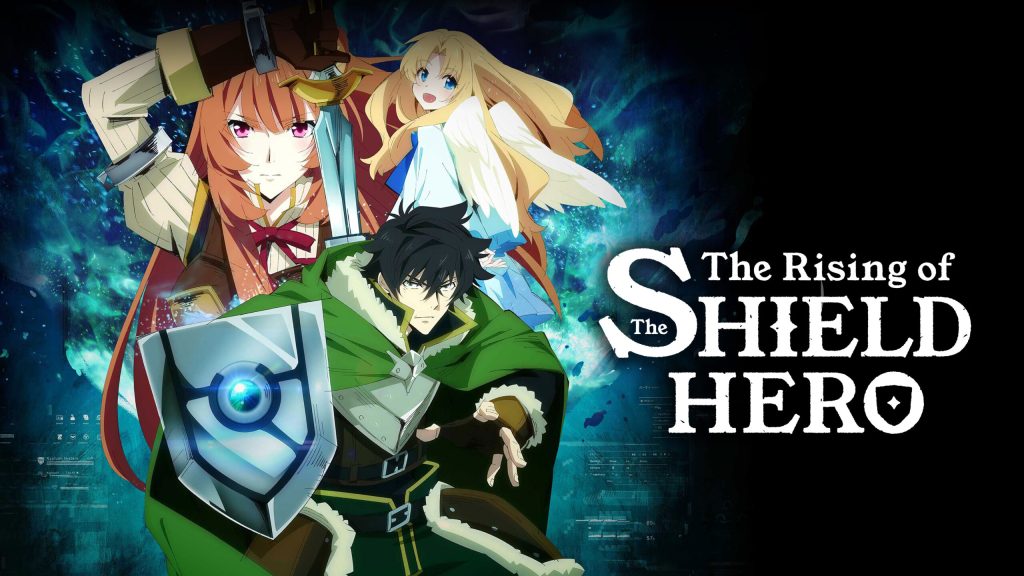


Leave a Reply